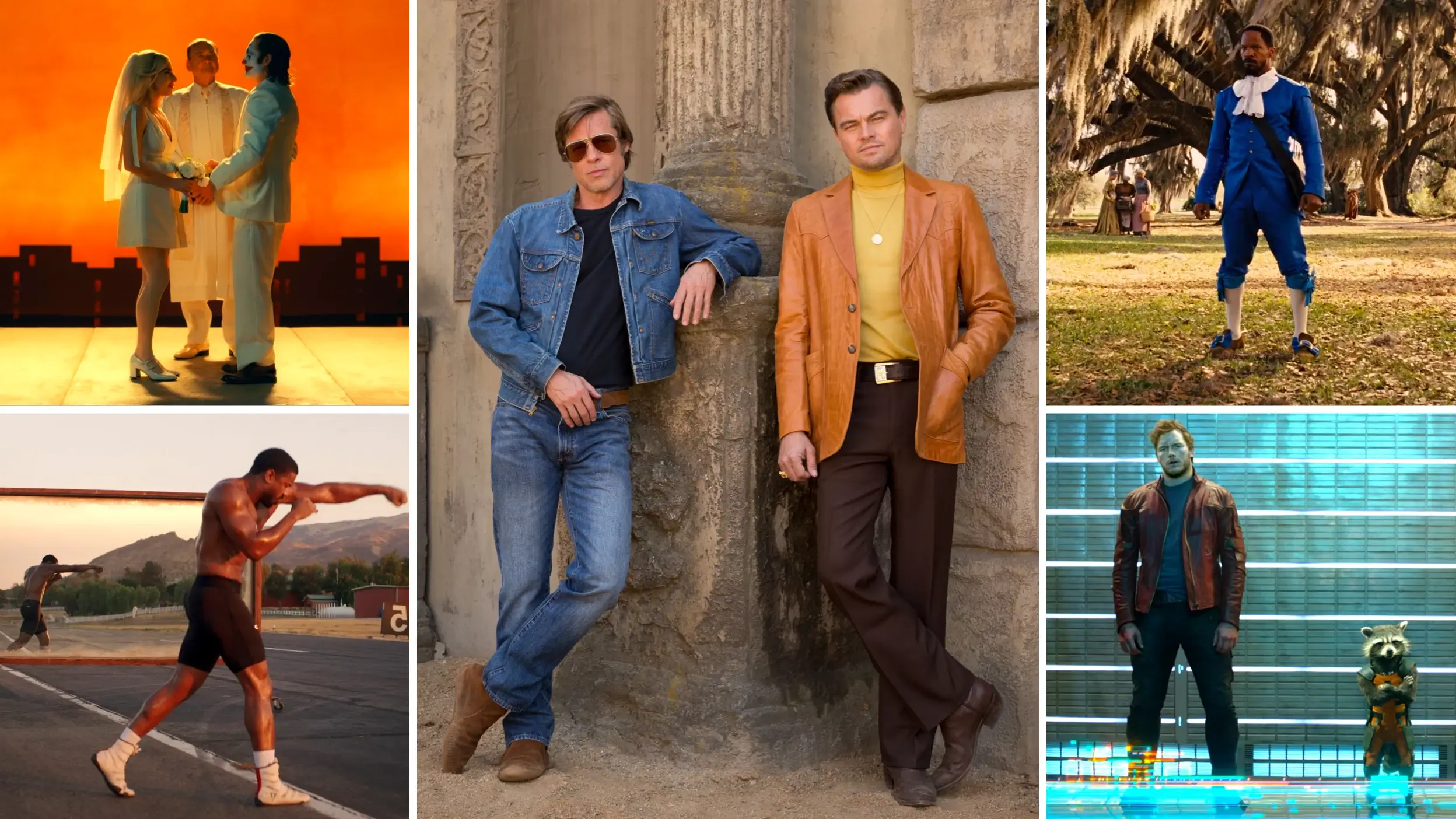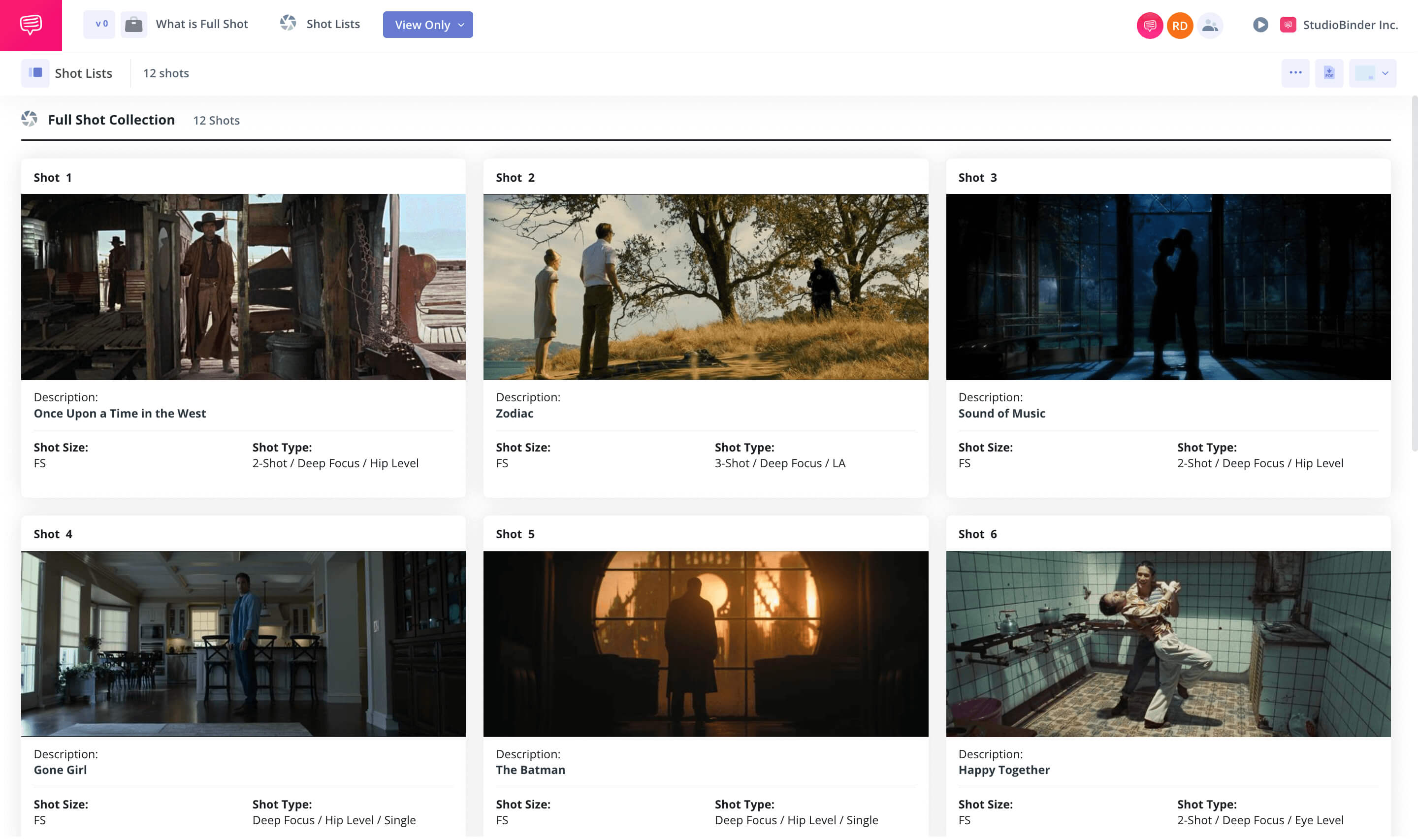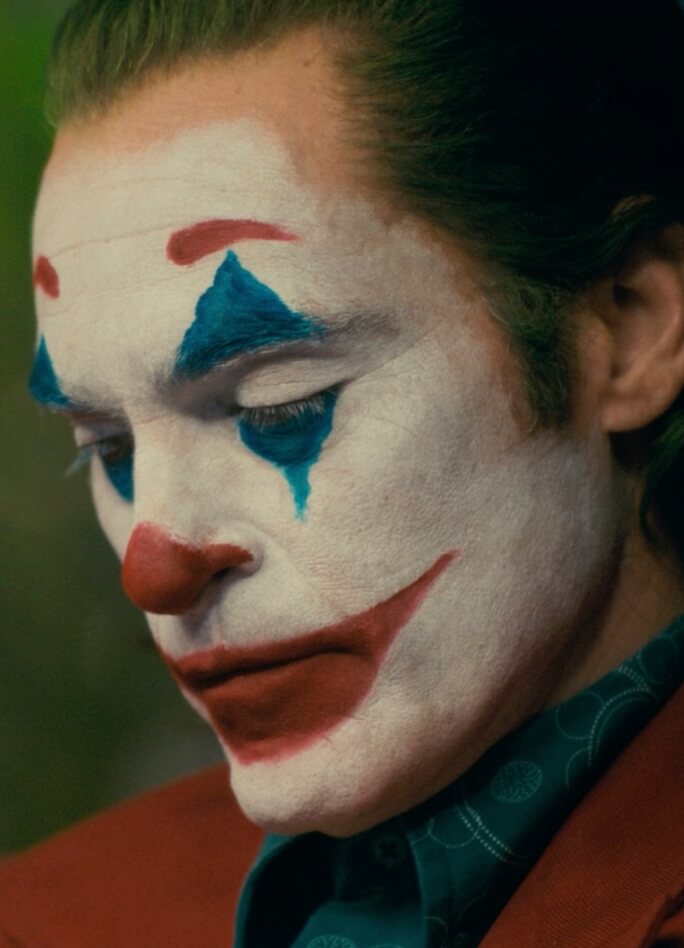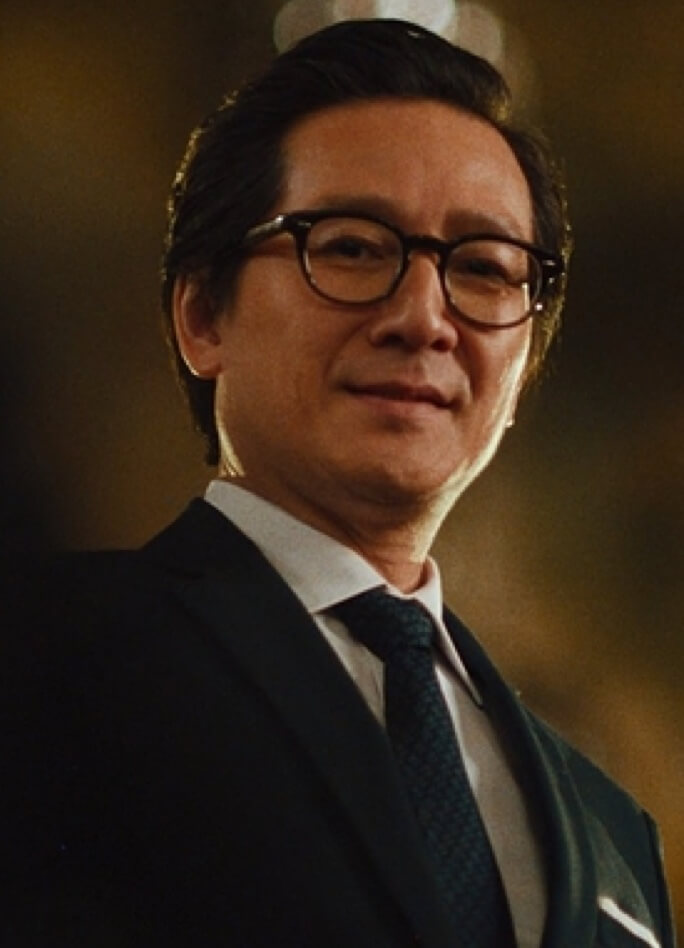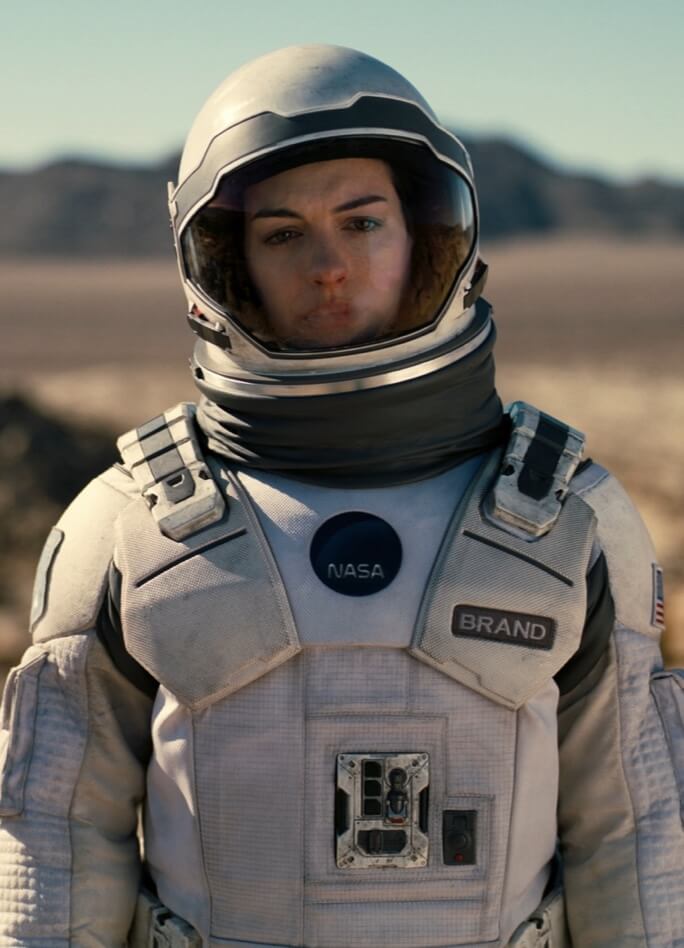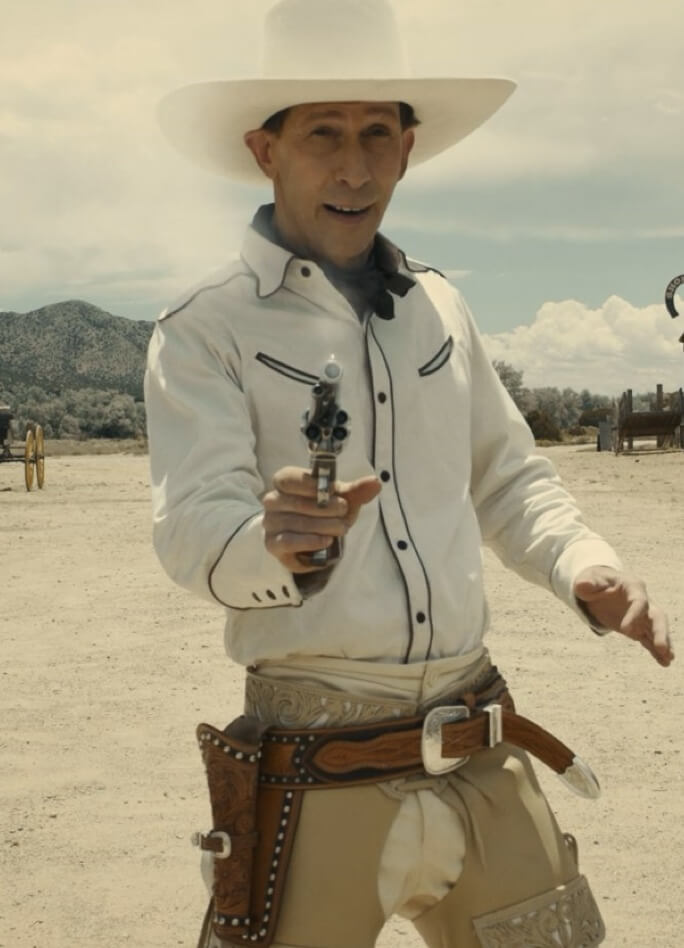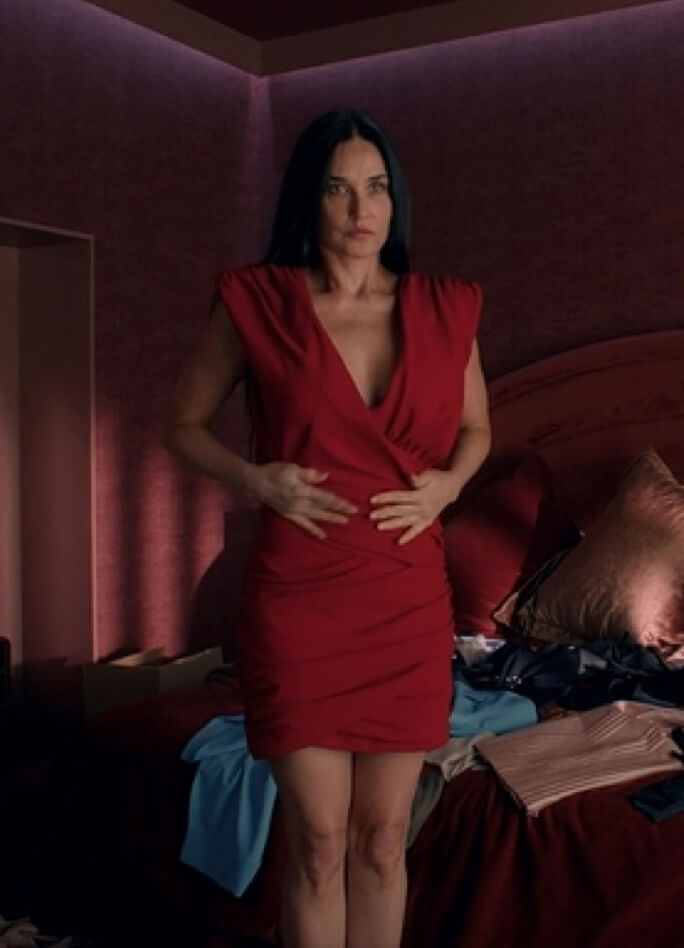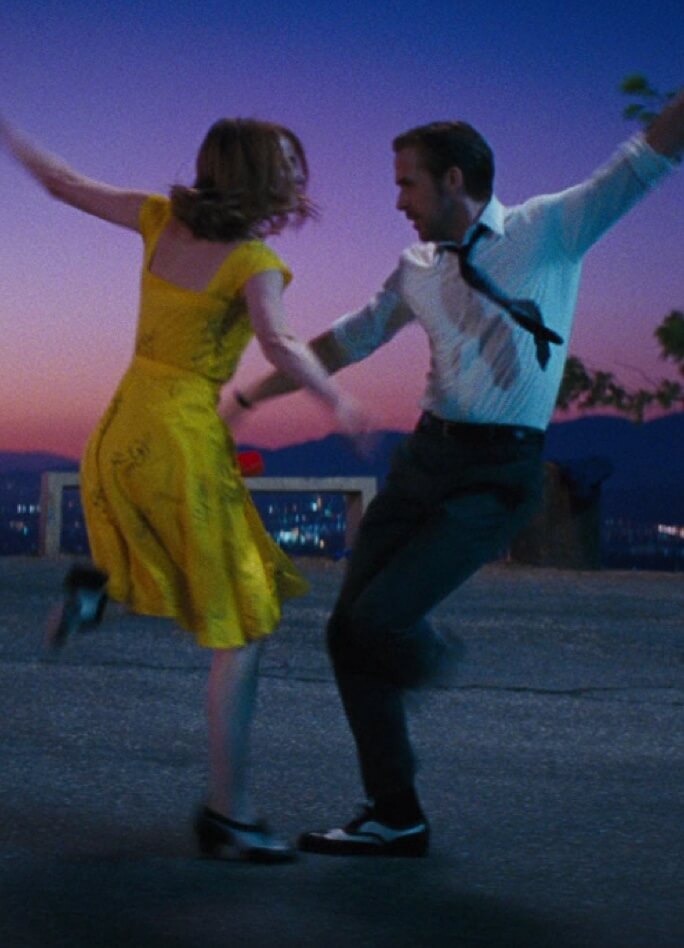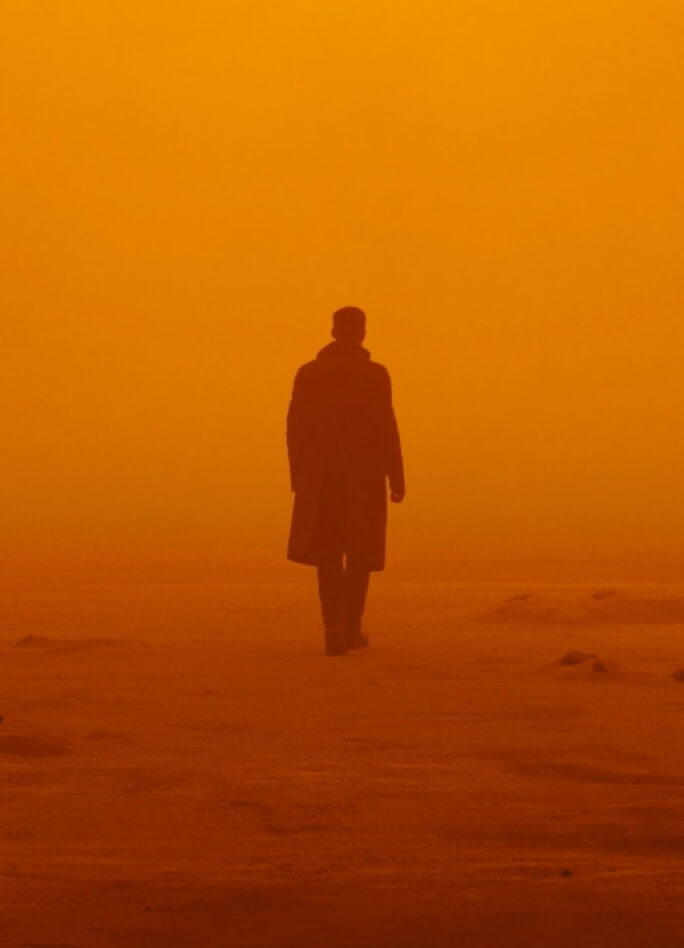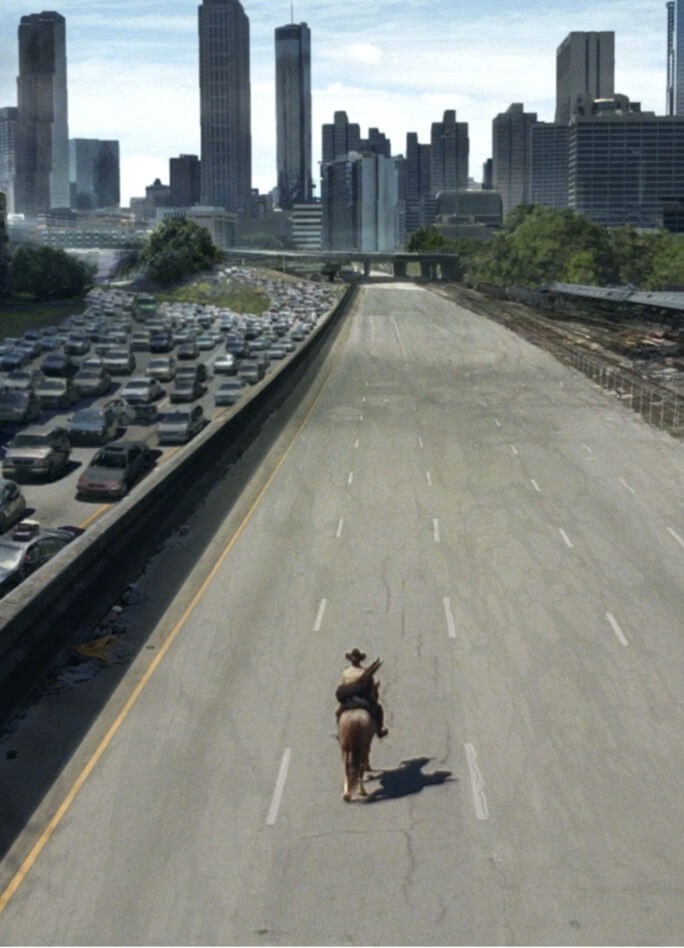There are multiple ways audiences can learn about who a character is. How they talk, how they dress, how they move, and how they interact with other characters all reflect a character’s personality. To capture a character as a whole, filmmakers often use the full shot. In this article, we’ll answer, “What is a full shot” along with the various reasons to use a full shot in film. We’ll also take a look at some iconic full shots from some of cinema’s best films of all time. Let’s dive in.
Watch: The Ultimate Guide to Shot Size
Full shot definition
A quick definition of full shot
A full shot falls under the category of a wide shot, but has its own distinct characteristics and benefits. Let’s take a look at the full shot definition to better understand what distinguishes a "full" from other types of wide shots.
FULL SHOT DEFINITION
What is a full shot?
A full shot is a type of camera shot in which a character’s entire body reaches from the top of the frame to the bottom of the frame. In a full shot, a character is framed from head to toe. These shots allow the audience to see the emotions on a character's face while simultaneously seeing their physicality, body language, and actions. A full shot can also capture the setting and context of a character and can be used with one or more characters.
What is a full shot in film used for?
- Show a character’s actions
- Establish setting and context
- Display a character’s wardrobe
- Show body language between characters
Full shots can be used in a variety of scenes and situations. To showcase this, we assembled a collection of full shots using StudioBinder's storyboard creator. Click the image below to explore the collection and you can even download a PDF for future reference.
Full Shot Examples
When creating a shot list, you have countless options for each shot. By knowing the different shot sizes or the types of camera lenses at your disposal, you can decide the right shot for the right moment.
Full shots are defined by their camera framing of a character’s entire body. Through this framing, Cinematographers and Directors are able to communicate specific information to the audience. Here's a breakdown of various framing options.
Ultimate Guide to Camera Framing • Subscribe on YouTube
RELATED POSTS
WHAT IS A FULL SHOT?
Why use a full shot?
What is a full shot good at communicating to an audience? Let’s take a look at some of the various options.
1. Characters
Seeing a character’s full body can help establish who they are. A character’s posture, wardrobe, and movement can all reflect who that character is perhaps better than any dialogue could.
Wes Anderson, one of the best auteur directors, loves to use the full shot for this effect. For Anderson these shots display the wardrobe and posture of his witty, awkward, and idiosyncratic characters.
In this moment from The Royal Tenenbaums, Chaz has run himself and his sons through another failed disaster escape plan. You can probably see how the humor of this moment is augmented by showing them in a full.
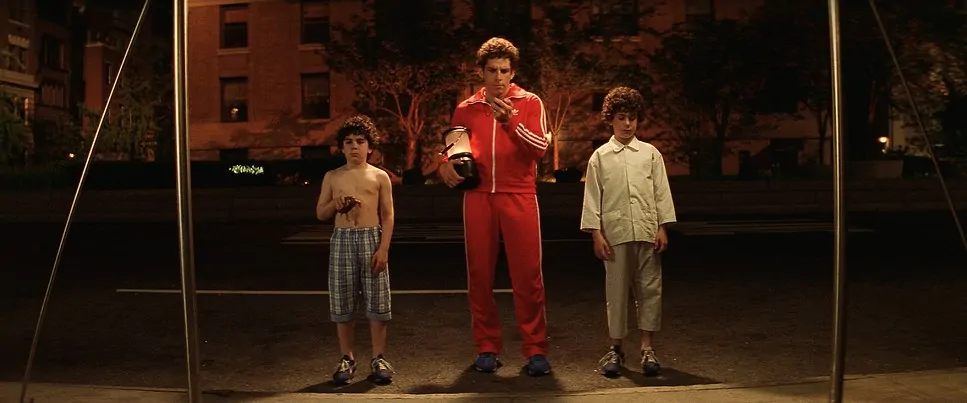
The Royal Tenenbaums • Full Shot example
2. Context
Another advantage of the full is that it is wide enough to show a character’s full body while also showing their context. This allows the audience to make a connection between the character, the context, and the story.
In this scene from No Country for Old Men, one of the Coen Brothers’ best films, we see the antagonist, Anton Chigurh, in Llewelyn Moss’ home. The "top-to-bottom" framing of Chigurh as well as the wider field of view gives us a thoughtful juxtaposition.
A nightmarish killer invading an everyman's home — and a medium shot, for example, would not be able to capture this effect.
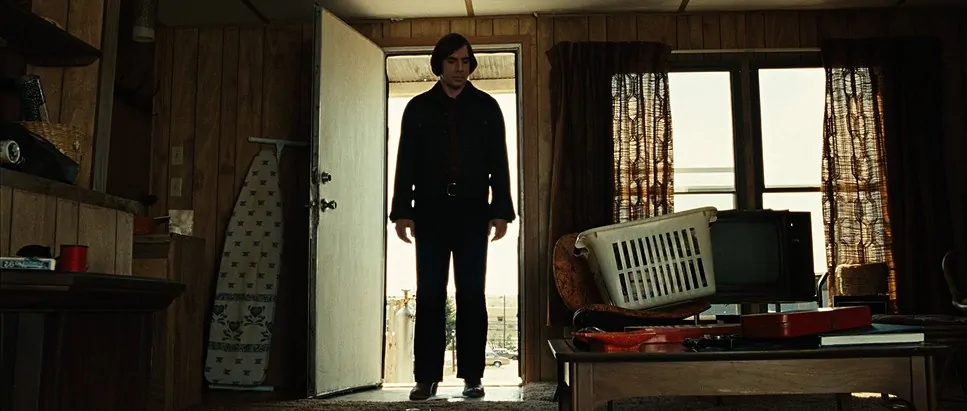
No Country for Old Men • Full Shot example
3. Body Language
What is a full shot’s function in a scene with multiple characters? A conversation between two characters is not only the dialogue being spoken, but their body languages as well.
Body language can be subtle, but can add a good deal of information in dialogue scenes.
Consider this two shot from Full Metal Jacket — Pvt. Joker and Pvt. Cowboy when writing a dialogue. The marines discuss the situation with Pvt. Pyle and we can see their feelings on the subject through body language and framing.

Full Metal Jacket • Full Shot example
Body language can also be much more dramatic to create suspense. A great example of this can be found in The Godfather Part II. This shot frames two characters to create dramatic irony and suspense in the audience about what will happen next.
We clearly see one character heading straight for a disastrous situation. And there's something about framing them in full that adds to the helplessness.
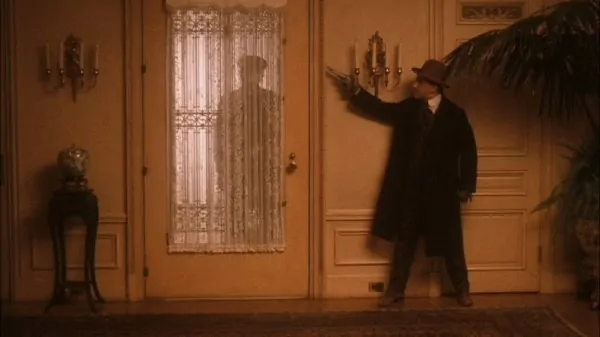
The Godfather Part II • Full Shot example
As you can see, there are various reasons to use the full shot in film. All of them aim to tell a better story. The type of shot is synonymous with the wide shot. Although the two have a few similarities, they also have some key differences.
Related Posts
What is a full shot used for?
Full shot vs. Wide shot
The terms full shot and wide shot are commonly, but mistakenly, interchanged. And for good reason. A full shot is a type of wide shot. However, not all wide shots are a full shot.
There are a variety of different wide shots such as the medium wide shot and extreme wide shot. Check out our breakdown of the different kinds of wide shots and what they each bring to the table in the video below.
Mastering the Wide Shot • Subscribe on YouTube
Full shots are defined by their framing of a character from head to toe from the bottom of the frame to the top of the frame.
Wide shots, however, frame characters with more space around them to capture more of their context and setting.
For example, take a look at this wide shot from Blade Runner 2049, directed by Denis Villeneuve. Like our full shot examples, this wide shot frames the character’s full body. However, the camera is much further away, capturing more setting as the character is much smaller.
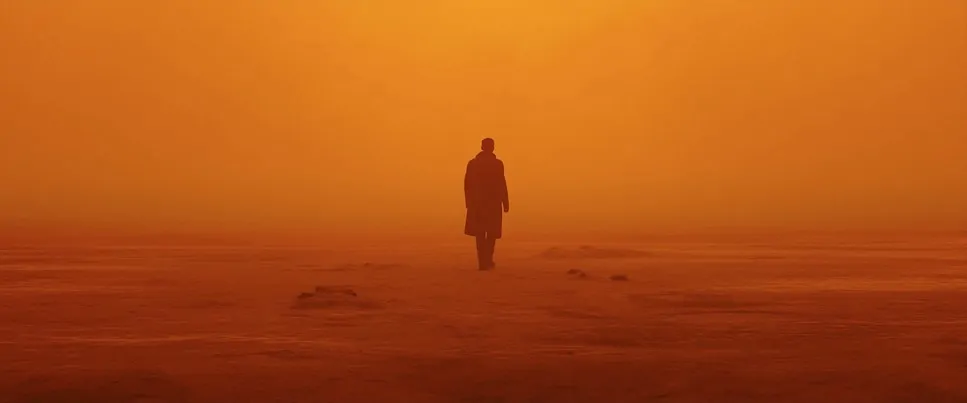
Blade Runner 2049 Wide Shot example
Understanding the difference between the term “full” and “wide” is important because it allows filmmakers to be more specific when communicating visual ideas to the various film crew positions, especially the Cinematographer.
If a Director tells a Cinematographer a character should be framed in a wide shot, the cinematographer may not know how wide to frame the character. If a director says the character should be framed in a full shot, the DP knows exactly what they mean.
Different shot sizes have different storytelling functions and benefits. Understanding the different types of shot sizes you can use will make you a better equipped filmmaker and help you tell a better story.
Related Posts
Camera Shots
Get Inspired. Explore More Shots.
Master every shot size, and learn how to combine them with angles and movements to take your filmmaking to the next level.
Close Up Shots
Medium Shots
Wide Shots
UP NEXT
A complete guide to shot sizes
The full shot is only one of many shot sizes that every filmmaker should know. In our next article, we cover every shot size and explain the storytelling value of each by taking a look at specific examples. To learn more about shot sizes and the various ways to frame a shot, check out our complete guide to shot sizes.
Up Next: Shot size guide →
Share your vision with elegant shot lists and storyboards.
Create robust and customizable shot lists. Upload images to make storyboards and slideshows.
